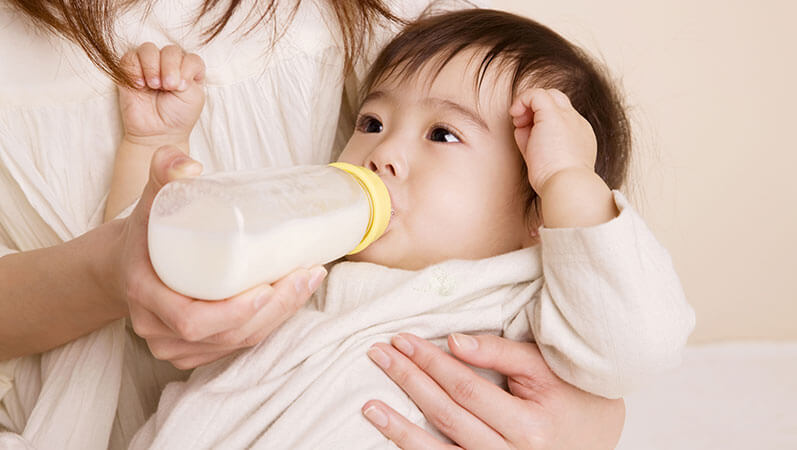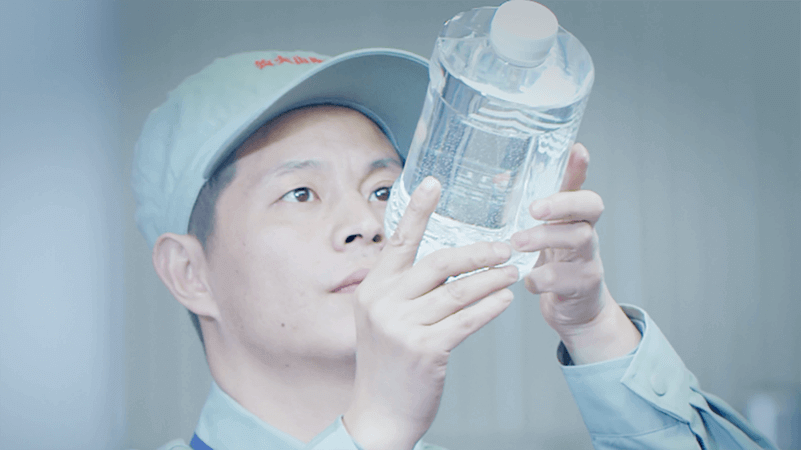Types of Drinking Water
-
Natural waterOriginated from wells, mountain springs, reservoirs, lakes, underground springs, or alpine glaciers.
-
Natural mineral waterWater naturally gushing deep underground or collected by drilling, containing a certain amount of minerals or trace elements.
-
Drink pure waterOriginating from the surface, underground or public water supply system, it does not contain minerals or trace elements.
-
Other drinking waterRefers to packaged drinking water other than natural water, natural mineral water, and drinking pure water. A certain amount of minerals can be added manually.
Water and Life Health
Drinking Water is Closely Related to the Health of Human Life
Water content in the human body
With increasing age, the water content in the human body will
gradually decrease. The embryonic water content can reach 98%,
the average fetus at 3 months is 91%, the average at 8 months is
81%, and the average at newborns is 80%. After 10-16 years of
age, it gradually reaches adult levels. Water content is 50% for
men over 60 years and about 45% for women.
Minerals in Water
- Neglected Water Nutrition
- The Importance of Magnesium in Drinking Water
- The Importance of Calcium in Drinking Water
-
Many people think the content of mineral elements in water is very small and can be ignored. In fact, no matter how rich the diet structure, a certain proportion of important mineral elements required by the human body comes from drinking water.
-
According to an academician of the American Academy of Engineering, over the long-term, consumption of ion-free water can lead to nutritional deficiencies [2]
-
The World Health Organization's Nutrients in Drinking Water states that drinking water is an indispensable source of minerals intake for human body. Purified water cannot supplement minerals, and causes the loss of mineral elements from the body [3]
pH of Water
Why test the pH of water?
The pH of water is determined by the mineral components dissolved
in the water. Natural water normally contains many minerals such
as potassium, calcium, sodium, magnesium, metasilicate, etc.,
results in weakly alkaline of water. Water without minerals tends
to be acidic. Therefore, by testing the pH of water, you can
briefly determine if the water contains natural minerals.
View Reference List
What kind of water is suitable for infants and young children?
Chinese Nutrition Society recommends that infants and young
children should scientifically drink water based on different
growing stages
[8]
- 0-6 months babies
- 0.7L per day
- unless the weather is hot or other reasons
- Breast milk can fulfill water requires
- 7-12 months babies
- 0.9L per day
- 60% is supplemented by milk
- 40% through water and other complementary food supplements
- 1-3 years old
- 1.3L per day
- more than 60% from water
- and complementary food supplements
Note: Refer to "Reference intake of dietary nutrients for
Chinese residents", edited by Chinese Nutrition Society


The mineral content of drinking water for infants and young
children should not be too high
The liver and kidney functions of infants and young children
are not yet mature. Drinking high mineral content water will
increase the burden on the liver and kidney of infants and
young children.
The German Federal Law Gazette [9] and the
Austrian Federal Law Gazette [10] both explicitly
require that the drinking water provided to infants and
young children should have sodium ≤20mg / L.
In 2005, the journal from WHO, “Nutrients minerals in
drinking water: implications for the nutrition of infants
and young children” [11] pointed out that infants
and young children are more vulnerable to the harmful
effects of high mineral salt intake.
Bulgaria Pediatricians also recommend TDS ≤ 100 mg/L for
infant drinking water [12]. TDS refers to the
total dissolved solids in water.
Drinking water for infants and young children must not be
completely free of mineral elements
Infants and young children have relatively narrow channels to
obtain minerals, it is necessary for drinking water to contain
suitable minerals. Long time purified water drinking will take
out the body's own sodium, potassium, calcium, magnesium and
other minerals. Infant formulas normally contain only 8 to 12
mineral elements. Baby's growth needs nutrition, so it is
recommended to use drinking water containing natural mineral
elements to brew milk powder.


Infant drinking water must strictly meet microbe limits
As the gastrointestinal tract of infants is still very
fragile, foreign countries require commercial sterility of
drinking water for infants [13], China also has
strict microbiological requirements for liquid food for
infants [14-16].
China stipulates that liquid infant formula must meet the
requirements of commercial sterility, but infant drinking
water is not included at present. There is no requirement
for commercial sterility in the existing sanitary (safety)
standards for drinking water and bottled drinking water,
either.
Commercial sterility: the product contains no pathogenic
microorganisms, or non-pathogenic microorganisms that can
reproduce at normal temperatures
Therefore, even if the mineral content of ordinary bottled
water meets the requirements, it still needs to be boiled
before infants and children drinking.
Click to view references
